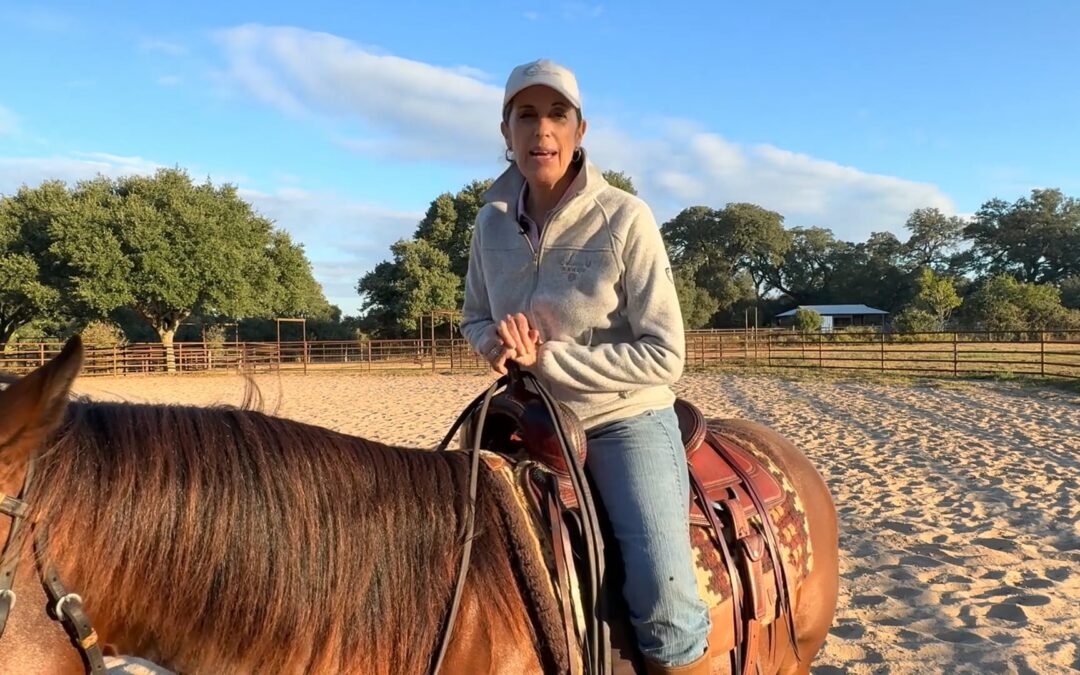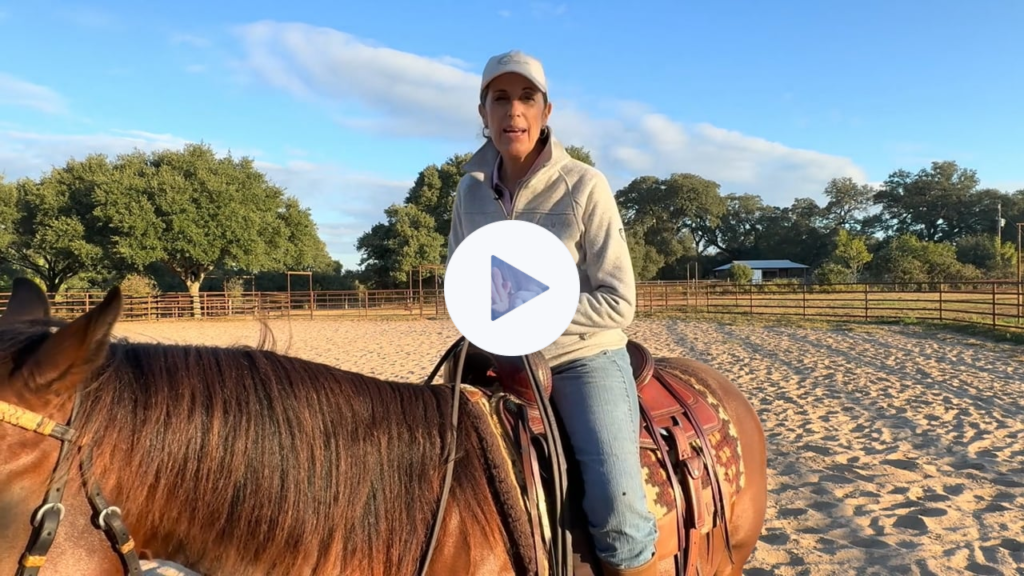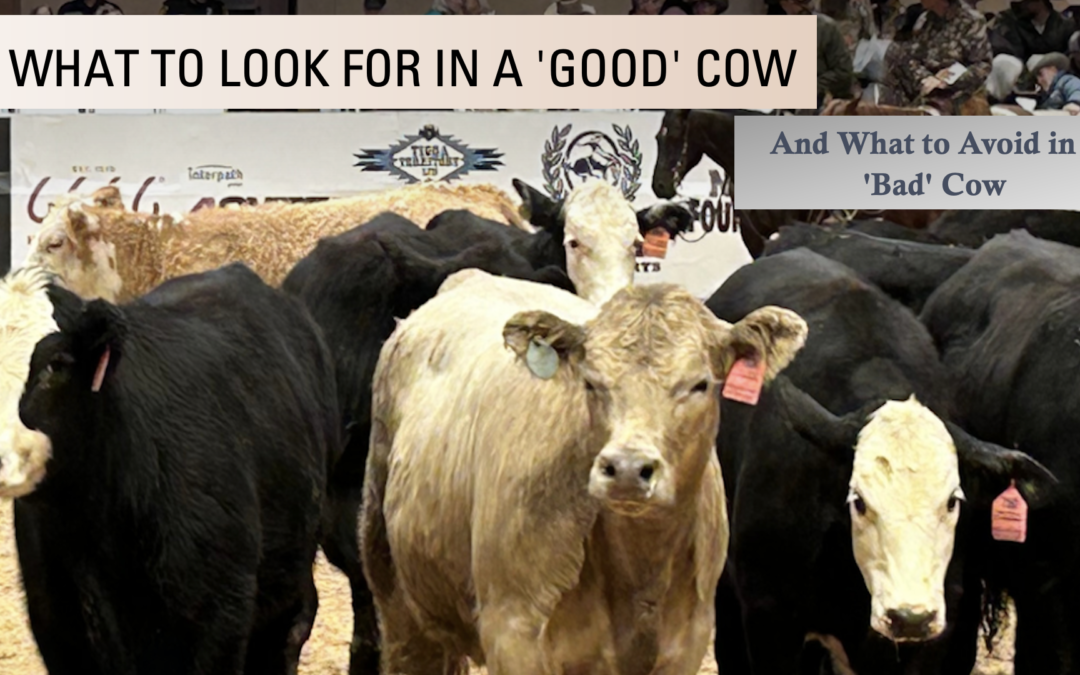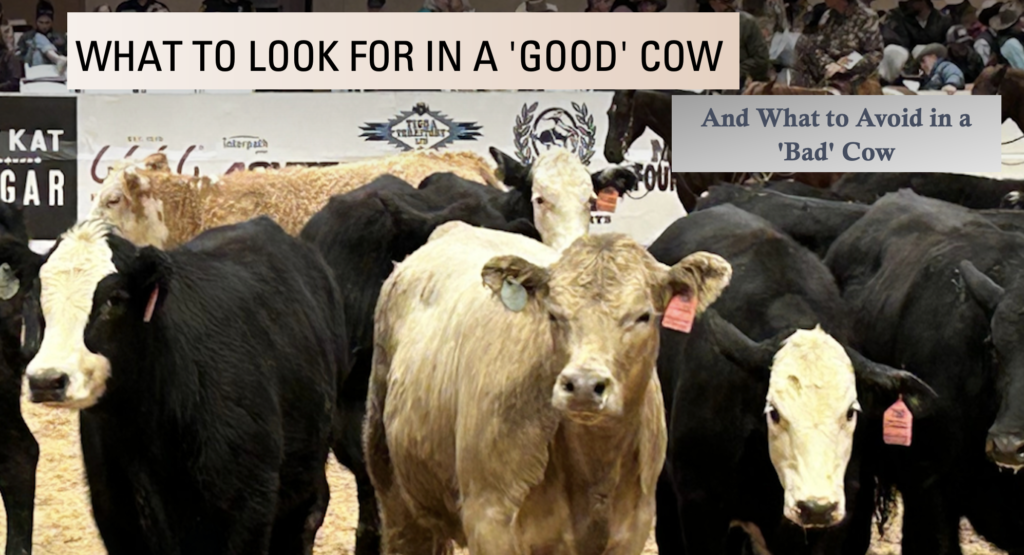
Making A Difference




Hone your cow-watching skills by downloading this Cow-Watching PDF.
May it be a handy reference sheet for you as you become more and more experienced at reading cattle behavior.
What to Look for in a Good Cow



It’s easy to feel in our lives that something is lacking – we’re not enough, we don’t have enough, and things will always be the way they are.
So we look outside of ourselves and our situations for validation or something new beyond what we already have. The quest is insatiable.
However, there’s a different mindset called sufficiency, which is a perspective from the inside out that views things in a much different light.
Sufficiency believes that regardless of our situation, we are enough, we have enough, and the possibilities are limitless when we appreciate and focus on the resources we already have.
Those resources include who we are within: our personal talents, values, and abilities, as well as our perspectives and what we’ve already learned. Other personal resources include the magnificence of the horse(s) we are blessed to spend time with, as well as the fantastic people who have our backs, including family, friends, and mentors.
Getting ‘better’ in our riding is not about achieving some external ‘more’ validated by others, but instead, deepening our relationship with what we already have: with ourselves, our horses, and the people we cherish.
Through the lens of appreciation and a desire to delve deeper, we can continually expand our experiences and skills within the abundance of our own lives. New and unforeseen opportunities often arise when we least expect them.
Deepening our connections within ourselves, with horses, and with people is one of the richest experiences of our lives.
It’s a journey of the soul that’s rich right now.
In this moment, you’re enough. Your horse is enough, and so much more is to come in the most meaningful and fulfilling ways.
Enjoy the adventure of deepening your relationship with what you already have.

I did this video one day this past week. It was a beautiful Texas Spring day.
I took a nice and easy ride with my boy, Nick. I’d been home for a couple of days after quite a stint away.
Like everyone, when I expend a lot of emotional and physical energy, I need to step back and restore a bit.
The concept of being self-aware of how much expending energy affects us and then recovering energy is a favorite idea I learned and practice in my performance training.
Research shows the habit of retrieving spent energy is a powerful game changer. It is a strategy that transformed my horse training as I strategically practiced it and one that continues to help me in life challenges.
It applies to literally all expenditures of energy, whether it’s in a sequence of moments when you’re riding (during pauses when you give yourself and your horse whatever time is needed to take a deep breath, lower your heart rate, and release excess muscle tension)—or in the bigger picture of restful and adequate sleep—or in the context of traveling – after putting extra energy out and then coming home and allowing the mind, body, and emotions time to recharge.
That’s what this video is all about.
I have a little challenge with that because I tend to go, go, go.
This morning, I was thinking about the topic of this video. I realized I needed to get grounded and rested, so I decided to ride through the canopy of trees on our driveway.
We’ve been working on our beautiful trees, cleaning and trimming them a bit. I’ve wanted to be under the trees, walking with Nick, or taking a little walk on the ground. It feels energizing. So I wanted you to have a little ride with me this morning.
We have to train recovery—our ability to re-energize. By that, I mean we have to make a conscious effort to do so. Restoring our energy is the number one thing that allows us to sustain energy.
We expend energy and then get it back. The latter must be done deliberately, or else we deplete our energy reserves.
I’m doing that this morning, and I’m sharing it with you. I hope you have a wonderful week.

A woman I know often feels like she comes up short in her horse program.
She loves her horses, but thinks her horses are just ok, and that her riding isn’t good enough (and likely never will be), and that she doesn’t have enough time, money, or friends in the horse world.
While that sounds a bit dire, she’s certainly not alone. Dare I say, many of us feel some version of the same, to some degree.

It’s called scarcity. It’s characterized by the belief that who we are and what we have are never enough, and that we need something more from the outside world to come to us or to happen to be fulfilled.
The biggest challenge is that a scarcity mindset causes us to compare ourselves to others and overlook our unique qualities. If that ‘more’ does come to us in some form from the outside, it’s likely still not enough.
Scarcity is insatiable and toxic.
In the horse world, we may think we need to be a better rider because so-and-so person is at a higher level. Or, if we compete and win a big championship, in our minds, we think it was a fluke, so we need to win more classes to prove we’re the real deal.
When it comes to learning new skills with our horses, one way scarcity might manifest is in the desire to be ‘fixed’ by someone or something else.
If we go to a clinic and hear something we’ve understood before, we might think we already know how to do that, but what we know is the what, not the how. We confuse knowledge with learning.
In a scarcity mindset, we want to explore NEW ideas to develop our skills, rather than delve deeper into the nuances, sequences, and rhythms of fundamentals we’re familiar with.
New strategies and concepts are good, but in their own time. There’s an order and a process to learning. First comes getting solid with what comes first.
There’s a concept that’s the opposite of scarcity. It’s called ‘sufficiency’. The idea is that when we want to expand anything, an excellent strategy is to go deeper with what we already have.
In the currently available “You Hold the Reins” mini-podcast series, Dr. Stephanie Burns, an expert in adult learning, offers a glimpse into how the adult human brain works, including learning new skills and getting unstuck with skills you struggle with.
She helps us understand that there’s so much we can do to learn more effectively. Plus, it’s essential for efficient and effective learning.
Learning requires taking knowledge (information/understanding) and practicing it in specific ways. This is work typically done between lessons and without the presence of instructors, for example.
We do ‘hold the reins’ to advancing our skills in the most efficient and effective ways possible – and it does require knowing how to study skills on our own – and then doing it!.
Stephanie’s teaching on ‘deep learning’ has brought to light a multitude of multidimensional concepts about adult learning and what’s possible for us.
In podcast two, for example, she explains the necessity for clarity, breaking things down, and repetition in more detail.
I was coaching someone recently, and I just kept hearing Stephanie’s words about deep learning in my mind.
I was thinking about how I could break down the ideas I was sharing even more, and also how I could make it meaningful to my student and help her do the same when she wasn’t with me.
It was as if a brick hit me, highlighting the importance of these deep learning concepts and how they need to be applied. As I thought about ‘how’ to use them, a new whole world of clarity, creativity, and design opened up.
Because of what Stephanie teaches and how she’s teaching it, she’s helped me ‘go deeper’ – and boy, there’s a lot of room there to expand. 😊
Dr. Burns calls learning our superpower. It’s not a talent given to some and not others. We just need to know how to do our part. That’s up to us.
The three You Hold the Reins mini-podcasts will be available for another week.
If you haven’t signed up to hear them (they’re free), I recommend doing so soon! You won’t regret it! There’s so much you can do to help yourself. You just need to know how and then follow through.
I’m thrilled to be learning this information for myself. To me, it’s life-changing.
It opens doors to learning whatever you want to learn by doing what you do for yourself.